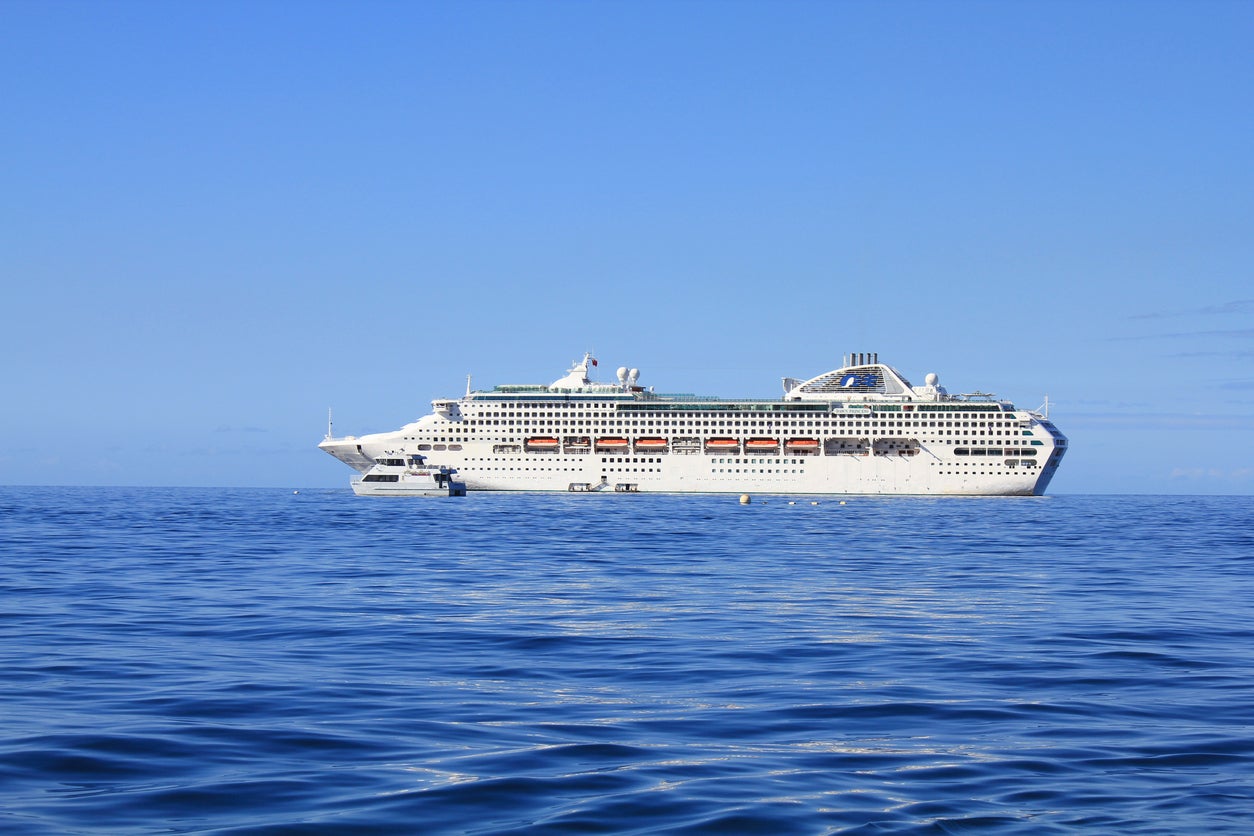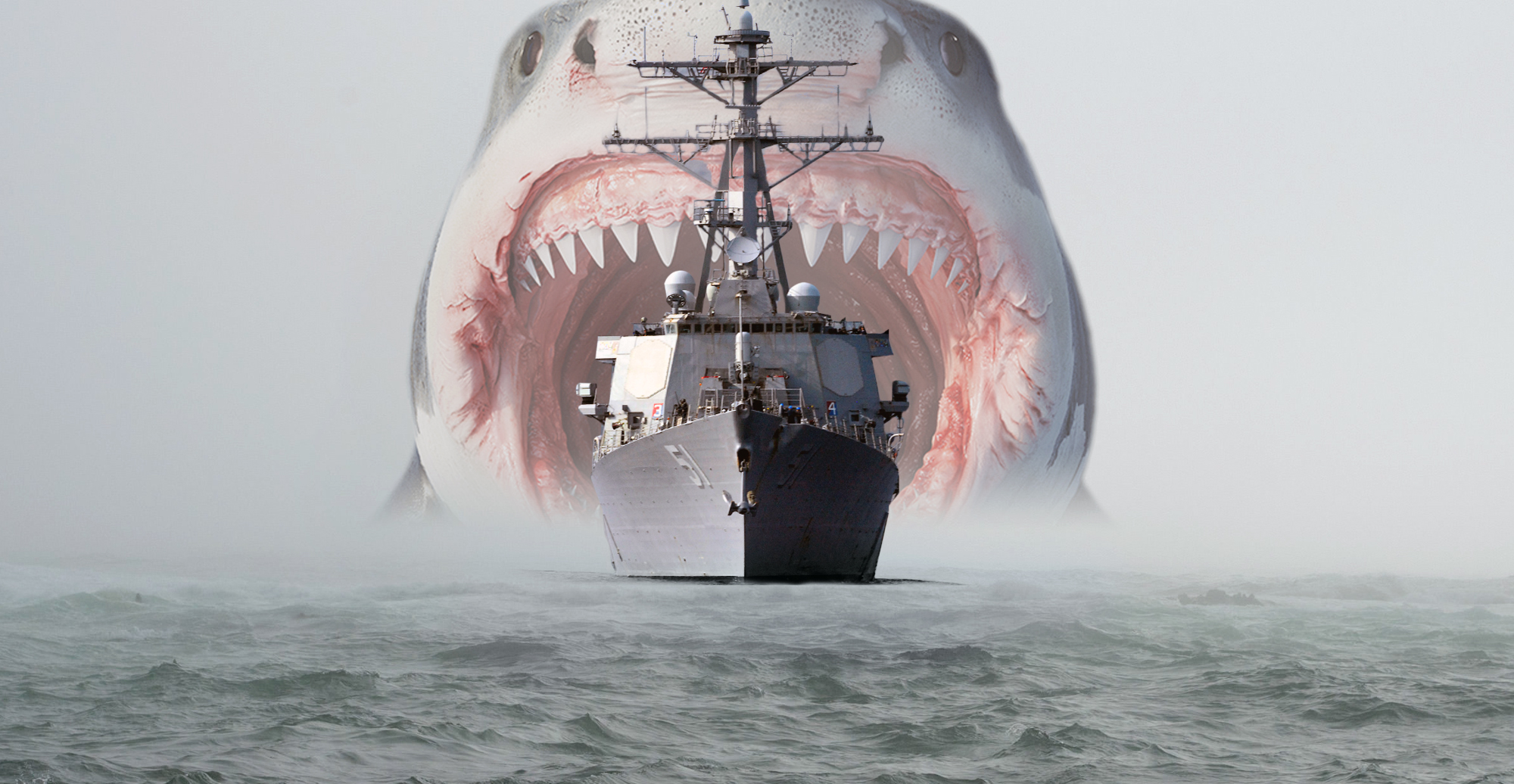Table Of Content

Onboard surveillance systems play a crucial role in enhancing the security measures of cruise ships. These advanced systems are designed to detect and monitor potential pirate activity, providing a constant watchful eye to ensure the safety of passengers, crew members, and the vessel itself. Cruise lines maintain regular communication with maritime security forces to receive updates on the security situation in specific regions. This includes information on the level of pirate activity, recent incidents, and any operational changes in response to emerging threats. By staying informed, cruise ships can adjust their security protocols accordingly and maintain a heightened state of vigilance. By prioritizing clear communication and a coordinated response, cruise ships can enhance their ability to address potential pirate threats swiftly and efficiently.
Do Cruise Ships Make You Seasick?
So buoyancy, low centre of gravity, and ballast keep a cruise ship stable, but there is one natural phenomenon that can still put this vessel at risk. Surprisingly, experts say that no wind can be strong enough to cause a ship to turn over. When people talk about the pirates today, they consider them as the legends from the dark past. … Between 1993 and 2003 the number of attacks tripled, and the first half of 2004, there were 200 cases of pirates’ attacks reported worldwide. Earlier this week, Guard Gen. Ali Reza Tangsiri, who oversees Iran’s naval forces, criticized the presence of Israelis in the region and in the United Arab Emirates. The UAE reached a diplomatic recognition deal with Israel in 2020, something that long has enraged Tehran.
Do cruise ships get attacked by pirates?
Coordinated response is another critical aspect of dealing with a potential pirate attack. Cruise ships conduct regular drills and exercises to practice their response protocols and coordination between different departments, including security, bridge team, crew members, and medical staff. These exercises simulate various scenarios to ensure effective collaboration and the seamless execution of response plans. Moreover, cruise ships are built with a combination of physical barriers and technologies to deter pirate attacks.

Mission possible: Onboard the Scenic Eclipse II
Onboard surveillance systems play a crucial role in detecting and monitoring potential pirate activity. Advanced camera systems equipped with motion sensors and night vision capabilities are strategically positioned throughout the ship to provide comprehensive coverage. These systems allow for real-time monitoring and recording of any suspicious activity, enabling security personnel to respond quickly and effectively. One of the primary defensive tools cruise ships employ is the LRAD or Long-Range Acoustic Device.
Are passengers on cruise ships at risk of being harmed in a pirate attack?
Highly trained security personnel, including snipers positioned at strategic vantage points, serve as a formidable deterrent against potential pirate attacks. These cases also highlight the importance of maintaining a high level of awareness and preparedness when navigating through regions prone to piracy. The continuous evaluation and improvement of security measures, as well as the sharing of best practices within the industry, contribute to the collective effort in mitigating the risk of pirate attacks.
How can the international community address the issue of piracy and support the safety of cruise ships?
Cruise Passengers Told to Sit in Dark to Avoid Pirates - Newsweek
Cruise Passengers Told to Sit in Dark to Avoid Pirates.
Posted: Thu, 10 Aug 2017 07:00:00 GMT [source]
These physical modifications make it more challenging for pirates to gain a foothold on the ship and discourage their attempts. The lines of communication between ships, office personnel and government authorities are constantly open. Regular crew members go through weekly drills for safety purposes, while trained experts are contracted to be onboard in case of an approach. If a pirate attack were to occur while on a cruise, passengers should follow the instructions of the ship’s crew, stay calm, and seek shelter in designated safe areas of the ship. Pirate attacks on cruise ships are relatively rare, but they do still occur in certain parts of the world. As mentioned before, incidents like the attack on the Seabourn Spirit in 2005 and the MS Caledonia Sky in 2018 are examples of such occurrences.
Do pirates attack cruise ships? How cruise lines protect passengers
"We had no idea that this ship could move as fast as it did and (the captain) did his best to run down the pirates." The attackers never got close enough to board the Spirit, but one member of the 161-person crew was injured by shrapnel, said Debrah Natansohn, president of the cruise line. The video shows passengers in the dining hall appearing relaxed and engaged in casual conversation, with one man even engrossed in his laptop.
Protection on the high seas - NBC News
Protection on the high seas.
Posted: Tue, 28 Apr 2009 07:00:00 GMT [source]
Cruise ships are designed with reinforced structures and features that make it difficult for pirates to gain access to the ship. Reinforced windows, doors, and barriers are common deterrents, as are increased fencing and razor wire surrounding ship perimeters. Some ships are also equipped with citadels, safe rooms where passengers and crew can take refuge in the event of an attack. While the image of pirates may bring to mind swashbuckling characters from a bygone era, modern-day pirate activity poses a real danger. Piracy is prevalent in certain regions with known hotspots, such as the Gulf of Aden off the coast of Somalia, the Malacca Strait in Southeast Asia, and the waters off the coast of Nigeria. Cruise ships navigating these routes must take precautions to mitigate the risk of an attack.
Measures to Mitigate Pirates Attacks
Cruise ships are equipped with sturdy windows made of laminated glass or polycarbonate materials that are resistant to impact and shattering. This makes it difficult for pirates to gain access to cabins or public areas through windows. Additionally, reinforced doors with strong locking mechanisms provide an extra layer of protection against unauthorized entry. This depleted local fish stocks, and Somali fishing communities responded by forming armed groups to deter the invaders.
You're never going to hear too much from cruise lines about their tactics involving pirate security. Aside from the obvious "Why tip your hand to criminals?" rationale, one reason is that there are no official regulations with which lines must comply. About 30 feet (9 meters) of the ship sits beneath the water, which is a small percentage of the ship’s overall height. The idea of a cruise generally means sunny skies, and such ships will change their ports of call to avoid large storms or hurricanes, Collette said.
Their presence, combined with the effective communication and timely response of the cruise ship’s security team, deterred the pirates, and they were unable to board the vessel. In another case, a cruise ship navigating through the Malacca Strait encountered a small skiff with armed individuals onboard, behaving suspiciously. The ship’s security personnel immediately alerted the bridge team and implemented evasive maneuvers. The onboard surveillance systems captured the incident and provided real-time footage to the security team for analysis. Continuous evaluation and improvement of security procedures and training programs are essential to keep up with evolving pirate tactics.
Ship’s fire hoses or special Anti-piracy fire hoses are often used to fight pirates trying to board the ships. The letter goes on to say that in the unlikely event of a pirate attack, passengers will be asked to move away from the sides of the ship. Guests in inside cabins can stay where they are and those in oceanview or balconies will be asked to move to the center of the ship.
These exercises simulate various scenarios, allowing security teams to practice their response protocols and coordination with other onboard departments, such as the bridge team and the crew responsible for emergency procedures. While these are some of the more notable piracy hotspots, it is important to note that pirate activity can occur in other maritime regions as well. The Straits of Malacca and Singapore, the South China Sea, the Red Sea, and the Caribbean Sea have also experienced instances of piracy, albeit to a lesser extent.

No comments:
Post a Comment